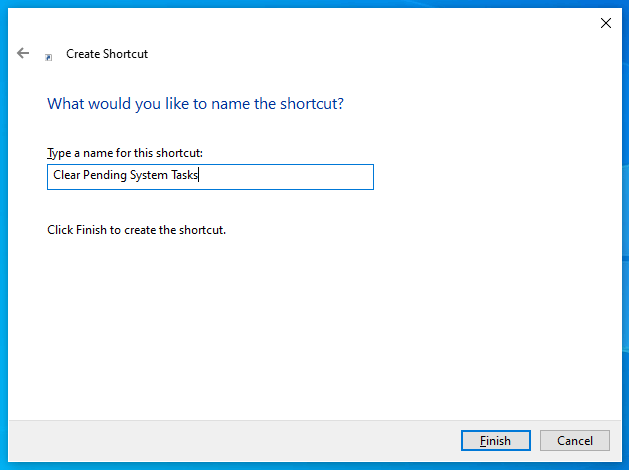How to Clear RAM Memory Cache and Buffer. Let’s say, for whatever reason, you still want to clear up RAM that the Linux kernel is using for its buffers and cache. To be clear, doing this will negatively impact performance. If you want your system to run optimally, leave things be. You’re going to run these commands as a system administrator. Oct 12, 2020 How to clear cache The majority of the most popular Linux distros use systemd these days, thus a systemctl command can be used to clear the memory cache. To clear PageCache only, use this command: $ sudo sysctl vm.dropcaches=1.
The Linux Page Cache ('Cached:' from meminfo ) is the largest single consumer of RAM on most systems. Any time you do a read from a file on disk, that data is read into memory, and goes into the page cache(1.). The buffer cache ('Buffers:' in meminfo) is a close relative to the dentry/inode caches. Or analysis the source code like this. Clean Apt Cache. This is another vital number in the system cleaning process and there are two roads you can take. You can either delete the unnecessary apt-cache or delete all the apt-cache entirely. To give you a better perspective, let’s use Ubuntu for example. Setting a cron to clear RAM cache everyday 2 hours. email protected # crontab -e Append the following line, save and exit to execute it at 2 hours daily. 0 2. /path/to/script.sh To clear automatically the RAM cache on production server. On the scheduled time, the script executes and clear everything in cache.

Swap is a virtual memory concept that allows your system to use a portion of your hard drive as the physical memory (RAM). Your system swaps the inactive pages in memory in RAM to this swap space on the hard disk. This way, your system has more free RAM available for other programs.
I have shown you to check RAM in Linux and I have also discussed how to check swap usage on Linux. In this quick tip, I’ll show you how to clear swap memory in Linux.

Clear swap in Linux
But first, why would you want to clear swap at all? There could be various reasons. Some time your system will use a lot of swap even when plenty of RAM is available.
This may or may not be associated with swappiness of your system. Sometimes it happens that the RAM doesn’t swap back the pages from swap space to RAM. In such cases, you’ll have to manually clear the swap.
Attention
Before clearing the swap, check that you have enough free RAM available to take all the pages from swap. In other words, you should have more free RAM available than the current swap in use.
You can see the state of RAM and swap using the free command in Linux:
Once you are sure that the size of free RAM is bigger than the swap memory in use, you can clear the swap memory by turning it off and on again.
Clear Ram Cache Vista
Pun aside, that’s the way to do it. Disable all the swap using this command:


Ubuntu Clear Ram Cache Windows 10
Now turn the swap back on:

That’s it. This simple exercise will clear the swap in your Linux system. I hope you find this little tip helpful. Any questions or suggestions are always welcome.
Become a Member for FREE
Ubuntu Clear Ram Cache On Mac
Join the conversation.
